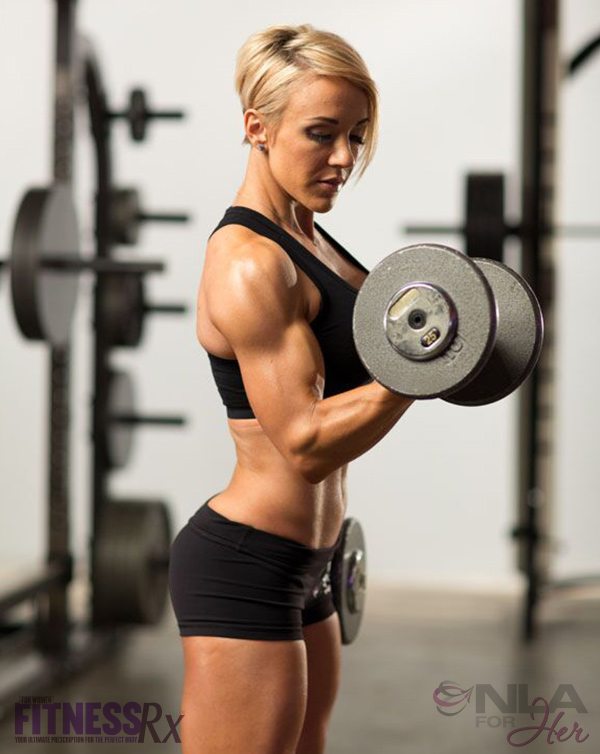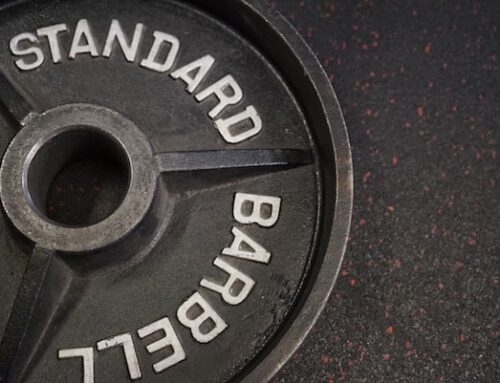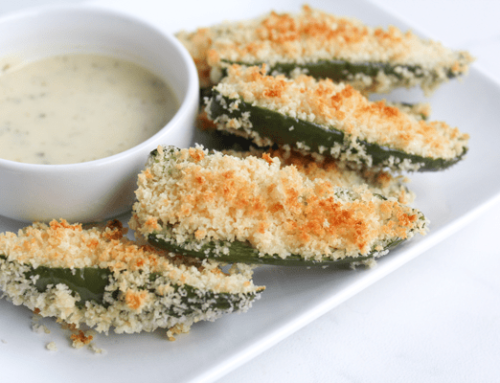Building up beautiful biceps will turn you into a showstopper year-round. You can’t hide those peaks – whether you have a tank top or a long sleeved fitted shirt on – everyone will want to know your arm routine!
Let’s Start With Learning The Biceps
The biceps brachii, brachialis and brachioradialis are the major flexor muscles of the elbow. They are responsible for bending your elbow and supinating (rotating) your hand. The two heads (long and short) of the biceps brachii is what we are going to focus on today.
Know The Difference
To get to know the difference between the long and short heads of the biceps, try this:
Lift your right arm straight out in front of you and bend your elbow to 90° so that your fingers are pointed toward the sky and your palm is facing inward (to the left). Now make a fist with that right hand and flex the bicep. Take your left hand and place it, palm down, covering your right bicep. With the right bicep flexed and your left palm covering it while you rotate your right fist so that your palm faces you. Keeping your bicep flexed, keep rotating your fist back and forth like this and you will feel the long and short heads of your biceps brachii activating.
The short head is the one that makes all of our flexing selfies look awesome. It’s that peak on our biceps that is a surefire way to show you’ve been training hard in the gym. But to truly work on the strength and shape of your arms, you need to hit the biceps from all angles!
In order to grow biceps, you need to focus on time under tension. Biceps training is one of the easiest to let this slip, because it is all in the small details – wrist position, variation, angles/elbow position and range of motion.
Wrist Position
The key is to keep your wrists as straight as possible. When the wrist begins to flex and/or extend, time under tension will be lessened and the focus will be taken off the muscle and shifted to other areas (i.e., forearms). As much as possible, keep a straight line from your metacarpophalangeal (MCP) joints (yes, I had to Google that, too) all the way up your forearms during the entire repetition on all biceps exercises.
Equipment & Angles
Training biceps is all about variety. You can use dumbbells, barbells, EZ curl bars, cables, different attachments and machines. But you can’t just grab your equipment of choice and start curling—you need to work the angles. When training biceps, “angles” refers to your elbow and arm position in relation to your torso. It also refers to your grip (pronated or supinated).
Once you choose your equipment, decide where you want your focus. At the beginning of the bicep curl, if your elbows are out in front of your torso, you will be focusing on the short head; when your elbows are behind your torso, your are focusing on the long head.
As for grip, if your thumbs are turned inward and headed straight for your shoulders during the concentric (lifting) portion of the rep (think hammer curls), you are working the long head. If your thumbs are turned outward and your palms are headed straight for your shoulders during the concentric portion of the rep (think standard barbell bicep curls), you are working the short head of the biceps.
You can also vary your angles by having a wide or close grip on almost all of the equipment listed above.
Range of Motion
Next time you’re in the gym—heck, you can do this from home with any moderately heavy object—perform a curl very slowly. Starting at the very beginning of the rep until you get about 75% of the way up, gravity is working against you and you should feel tension on your biceps. Once you continue curling the last 25% of the repetition toward your shoulders, gravity is no longer working against you and the force and tension is gone.
If you want to train your biceps correctly, stop the rep as soon as you feel that tension fade.
Just as important as curling up and keeping tension is the eccentric (lowering) portion of the curl. If you let the barbell come all the way down until your elbows are completely straight and there is no more tension on your biceps, you lose the time under tension. It’s important to bring the weight all the way down in order to get a full range of motion, but stop just short of complete elbow extension so that you can still feel your biceps contracted before you bring the weight back up.
Choosing The Correct Weight
Leave your ego outside the gym during biceps training. If you find yourself using a lot of upper body momentum or if you are swinging your arms and/or torso to lift the weight—LOWER THE WEIGHT! If you can’t keep your elbows perfectly still during the exercise—LOWER THE WEIGHT. Remember, time under tension is crucial and if you are swinging your body around to perform the curl, your biceps aren’t under great tension.
For my bicep workout,







Leave A Comment
You must be logged in to post a comment.